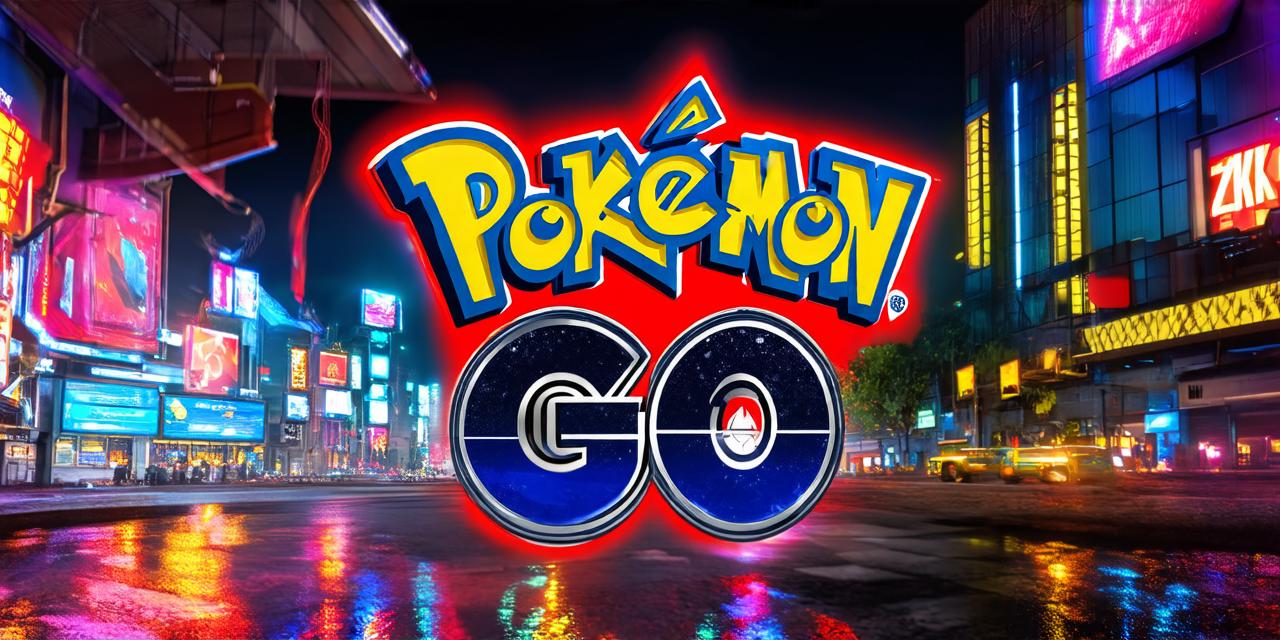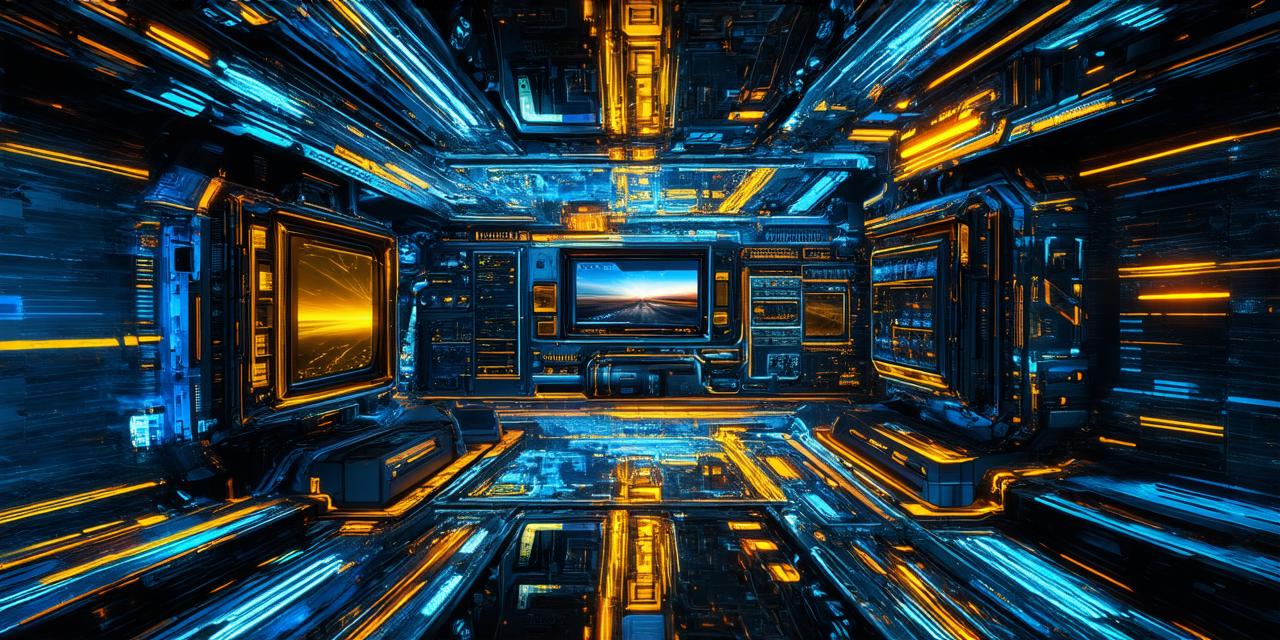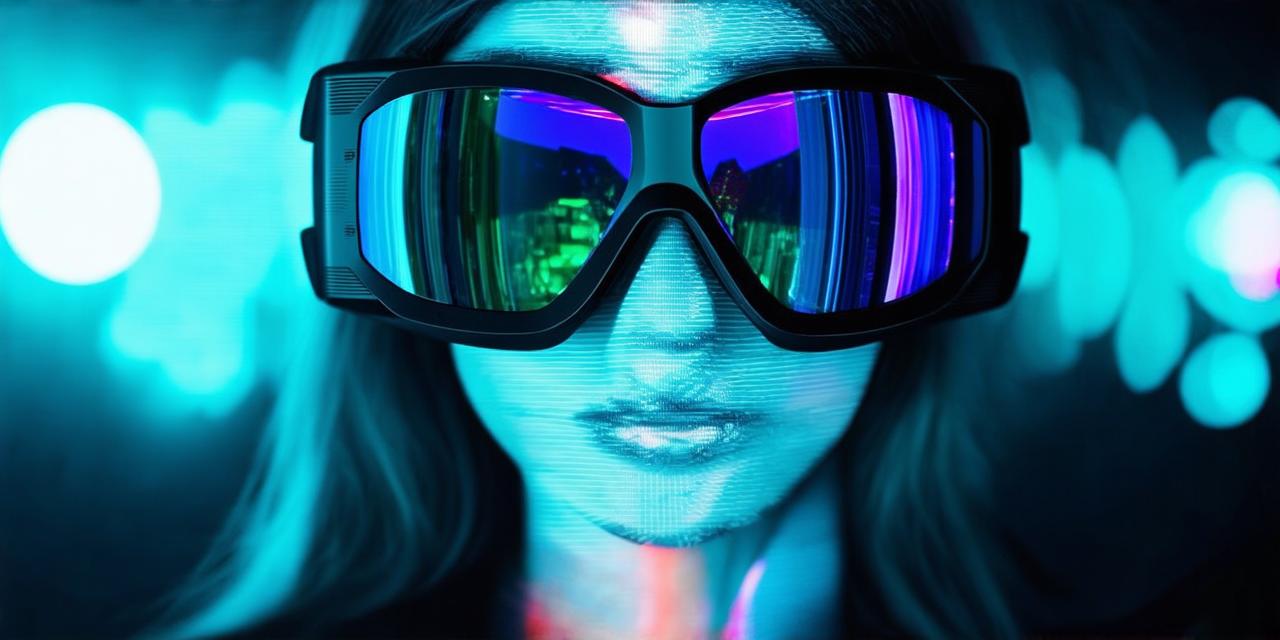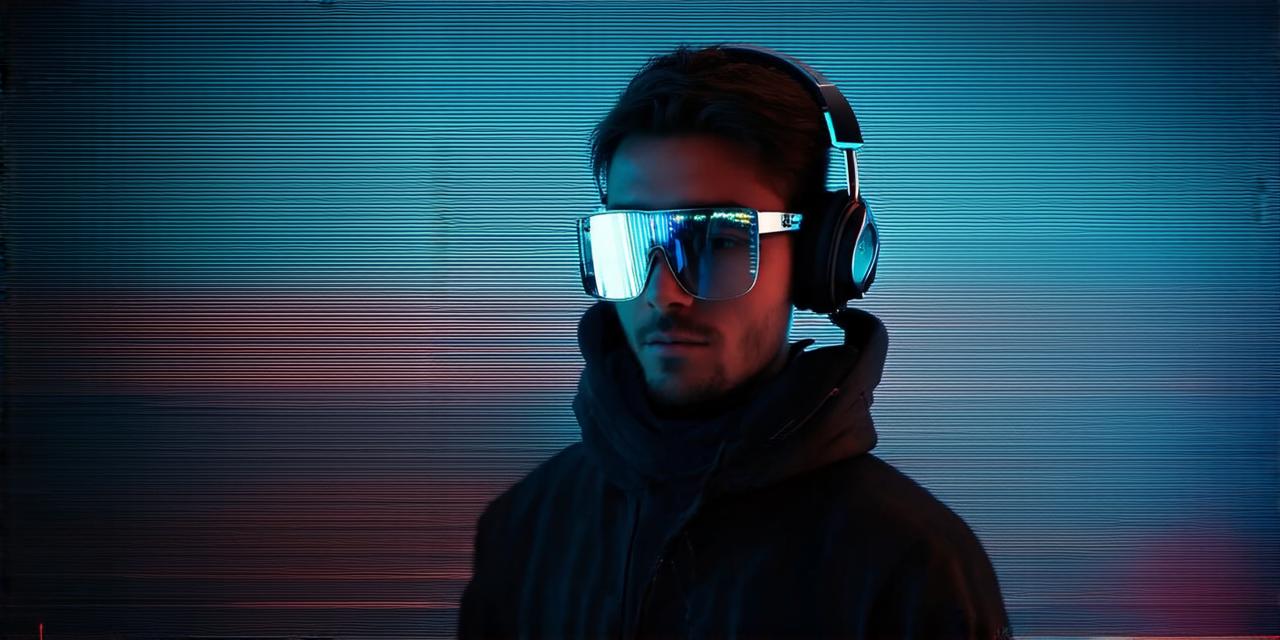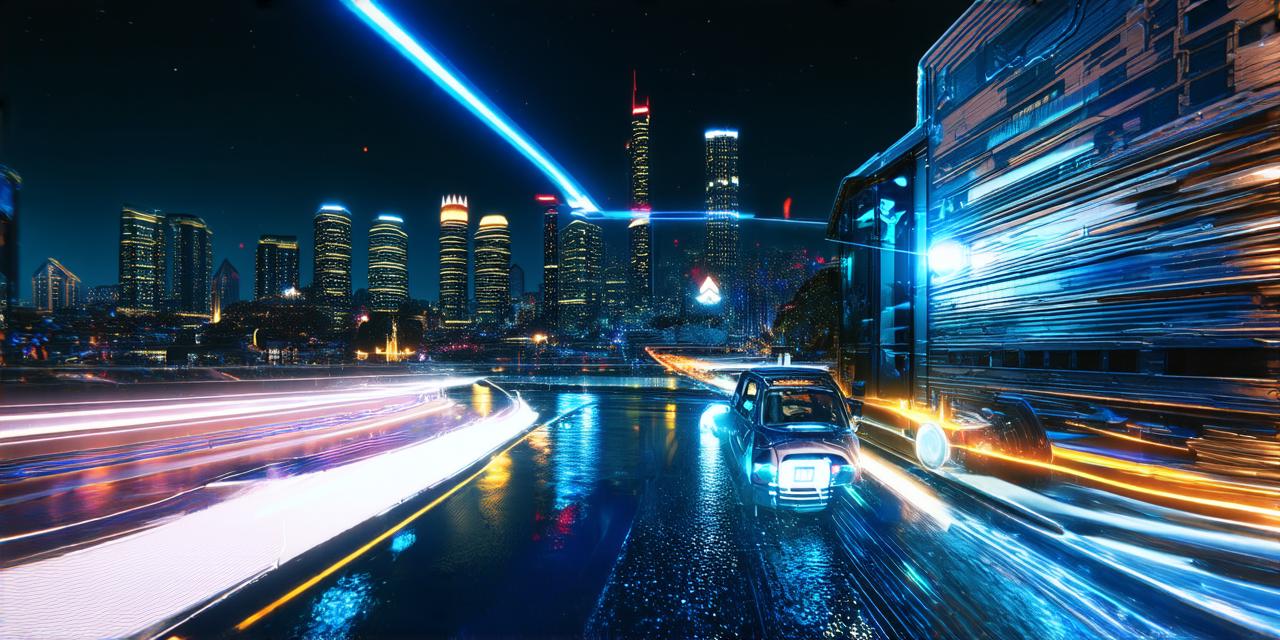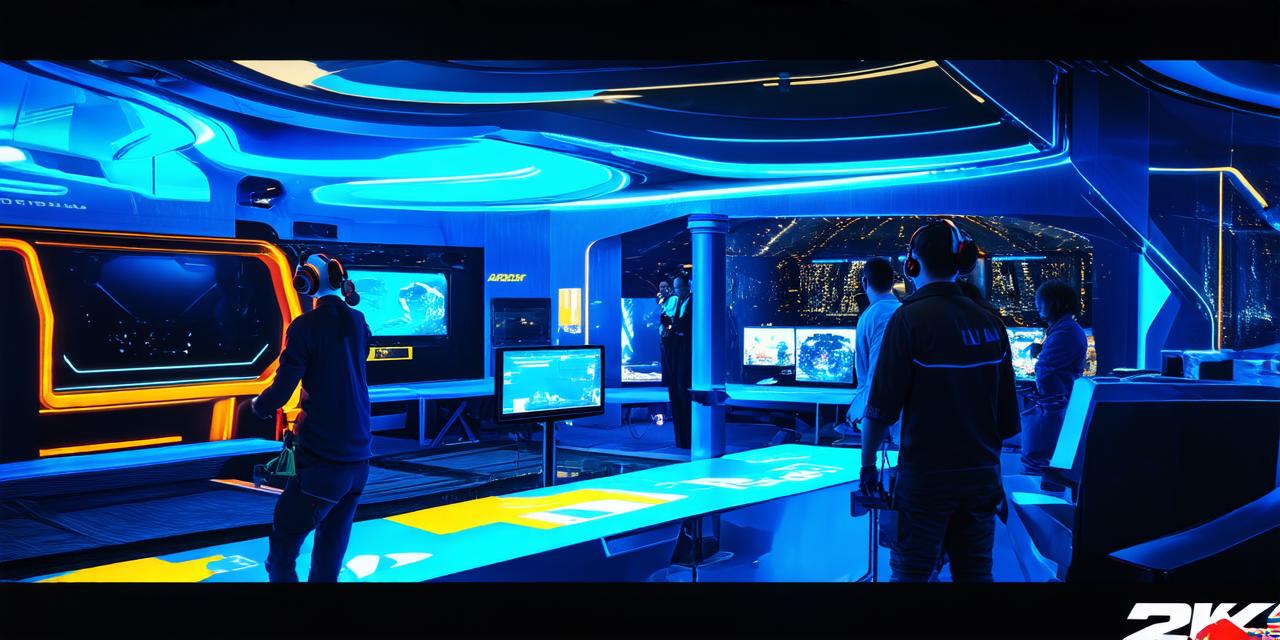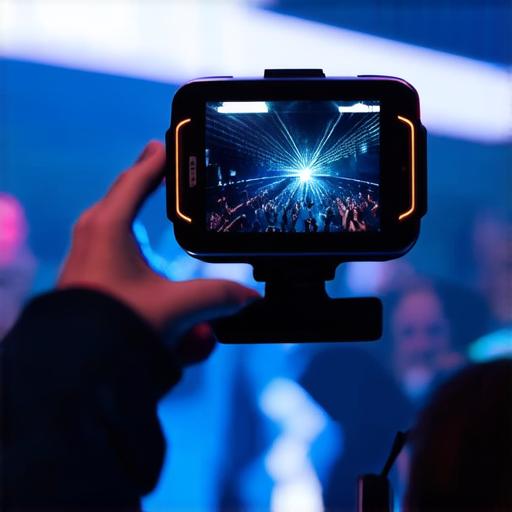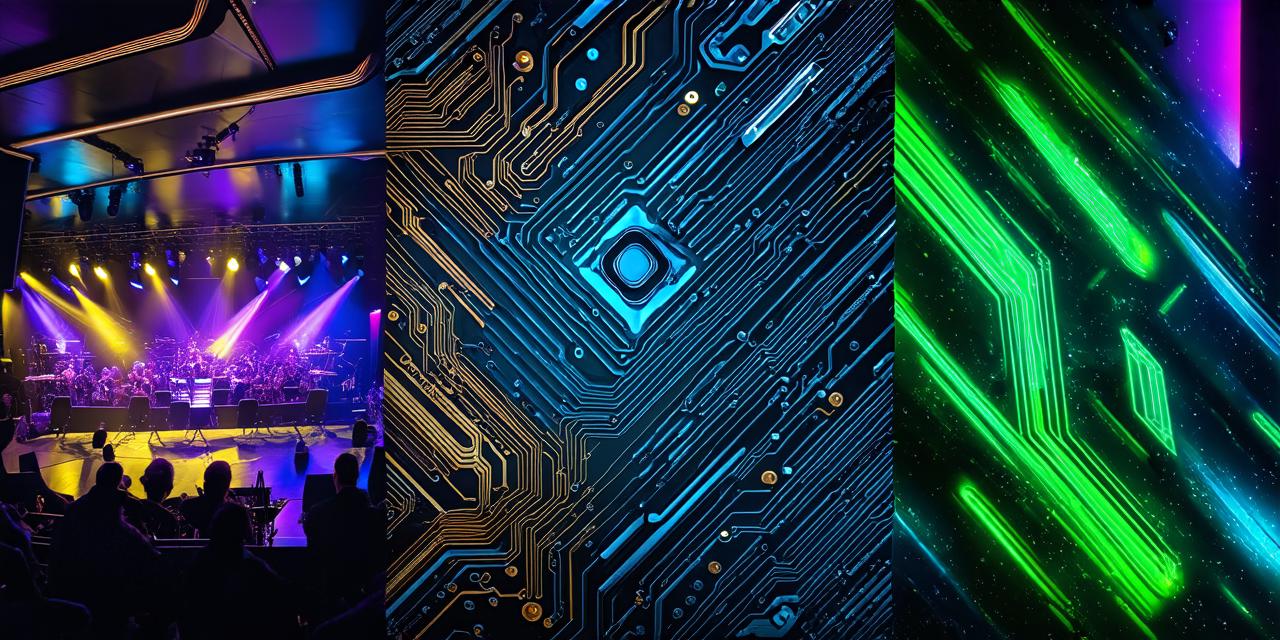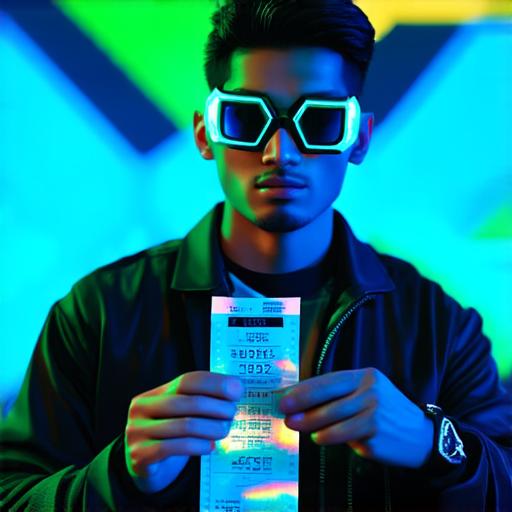1. Enhanced Product Visualization
One of the biggest advantages of using AR in marketing is the ability to provide enhanced product visualization. AR allows customers to see products in a more realistic and immersive way than traditional images or videos. For example, an e-commerce website that uses AR can allow customers to see how furniture would look in their home before they buy it. This not only improves customer satisfaction but also reduces the number of returns.
2. Interactive Advertisements
AR can make advertisements more interactive and engaging. Instead of just watching a video, customers can interact with an AR-powered advertisement in real-time. For example, a car manufacturer could create an AR experience that allows customers to see how different colors and features would look on their cars before they buy them. This not only makes the advertisement more memorable but also encourages customers to spend more time with the brand.
3. Enhanced Customer Experience
AR can also enhance the overall customer experience by providing customers with a more personalized experience. For example, a retailer could use AR to provide customers with virtual try-on experiences for clothes and accessories. This not only makes the shopping experience more fun but also encourages customers to spend more money on the brand.
4. Improved Brand Recognition
AR can help businesses improve their brand recognition by making their products or services stand out in a crowded marketplace. For example, a company that sells luxury watches could use AR to create an interactive experience that allows customers to see how different watch styles would look on their wrists before they buy them. This not only makes the watch more memorable but also helps the brand stand out from competitors.
5. Increased Engagement
AR can increase engagement by making marketing campaigns more interactive and immersive. For example, a sports team could use AR to create an interactive experience that allows fans to see how different players perform in real-time. This not only makes the game more exciting but also encourages fans to spend more time with the brand.
6. Real-Time Analytics
AR can provide businesses with real-time analytics that can help them understand customer behavior and preferences. For example, a retailer could use AR to track how customers interact with their products in-store. This information can then be used to optimize marketing campaigns and improve the overall shopping experience.
7. Personalization
AR can also provide businesses with personalized experiences for their customers. For example, a hotel could use AR to create an interactive experience that allows guests to see what their room would look like before they book it. This not only improves customer satisfaction but also encourages guests to spend more time with the brand.
Case Studies and Personal Experiences
One of the best ways to understand how AR can improve marketing experiences is by looking at real-world examples. Here are a few case studies and personal experiences that illustrate the power of AR in marketing:
1. IKEA’s AR App
IKEA has created an AR app that allows customers to see how furniture would look in their home before they buy it. The app is easy to use and provides customers with a more immersive shopping experience. Customers can see how different styles of furniture would fit into their space, which helps them make better purchasing decisions.
2. Coca-Cola’s AR Experience
Coca-Cola created an AR experience that allowed customers to see how their products would look in real-time. For example, a customer could use their phone to scan a Coca-Cola product and see it come to life on the screen. This not only made the advertisement more memorable but also encouraged customers to spend more time with the brand.
3. Sephora’s AR Try-On Experience
Sephora created an AR try-on experience that allows customers to see how different makeup products would look on their face before they buy them. The experience is easy to use and provides customers with a more personalized shopping experience. Customers can see how different shades of foundation or lipstick would look on their skin, which helps them make better purchasing decisions.
4. McDonald’s AR Experience
McDonald’s created an AR experience that allowed customers to see how their burgers would look in real-time. For example, a customer could use their phone to scan a McDonald’s product and see it come to life on the screen. This not only made the advertisement more memorable but also encouraged customers to spend more time with the brand.
Research and Experiments
There is a lot of research and experimentation being done in the field of AR and marketing. Here are a few examples:
-
A study by the University of Maryland found that customers who used an AR-powered app to try on clothes were more likely to make a purchase than those who did not use the app. The study found that the app increased customer satisfaction and reduced the number of returns.
-
Another study by Nielsen found that customers who used an AR-powered advertisement were more likely to remember the brand than those who did not use the ad. The study found that the AR experience made the advertisement more engaging and memorable.
-
A report by MarketsandMarkets found that the global AR market in marketing is expected to reach $50 billion by 2025. This growth is being driven by increasing adoption of smartphones and the need for businesses to differentiate themselves from competitors.
Summary
In conclusion, augmented reality has great potential for improving marketing experiences for businesses of all sizes. By providing enhanced product visualization, interactive advertisements, improved customer experience, increased engagement, real-time analytics, personalization, and more, AR can help businesses stand out in a crowded marketplace and improve customer satisfaction.
FAQs
Here are the FAQs section of the article:
1. What is augmented reality?
Augmented reality is a technology that overlays digital information on the real world. It allows customers to see products and services in a more immersive and realistic way than traditional images or videos.
2. How does AR improve marketing experiences?
AR improves marketing experiences by providing enhanced product visualization, interactive advertisements, improved customer experience, increased engagement, real-time analytics, personalization, and more.
3. What are some examples of how businesses can use AR in marketing?
IKEA’s AR app, Coca-Cola’s AR experience, Sephora’s AR try-on experience, and McDonald’s AR experience are just a few examples of how businesses can use AR in marketing.
4. What research has been done on the effectiveness of AR in marketing?
Studies have found that customers who use an AR-powered app to try on clothes are more likely to make a purchase than those who do not use the app, and that customers who use an AR-powered advertisement are more likely to remember the brand than those who do not use the ad.
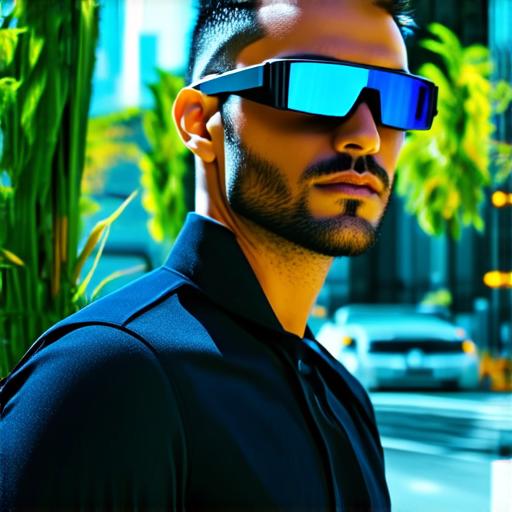
5. What is the future of AR in marketing?
The global AR market in marketing is expected to reach $50 billion by 2025 as technology continues to evolve and businesses look for ways to differentiate themselves from competitors.

